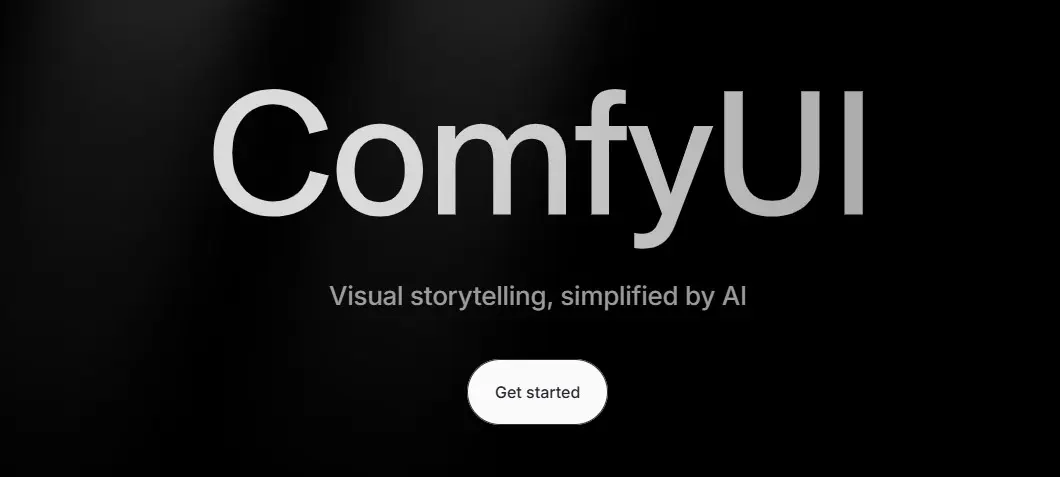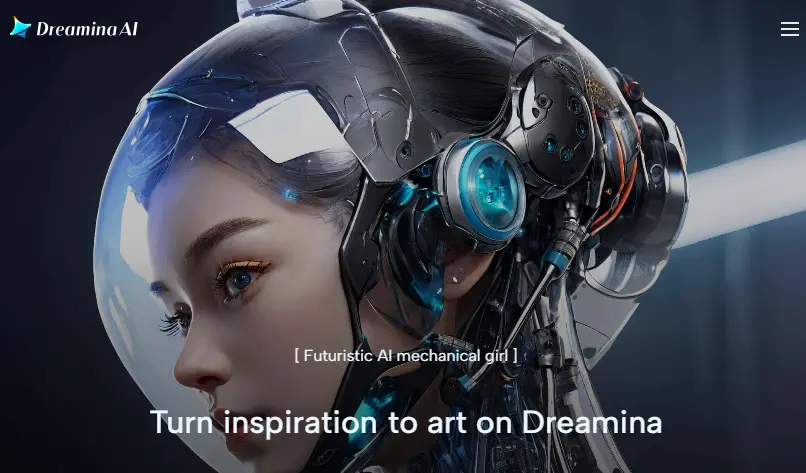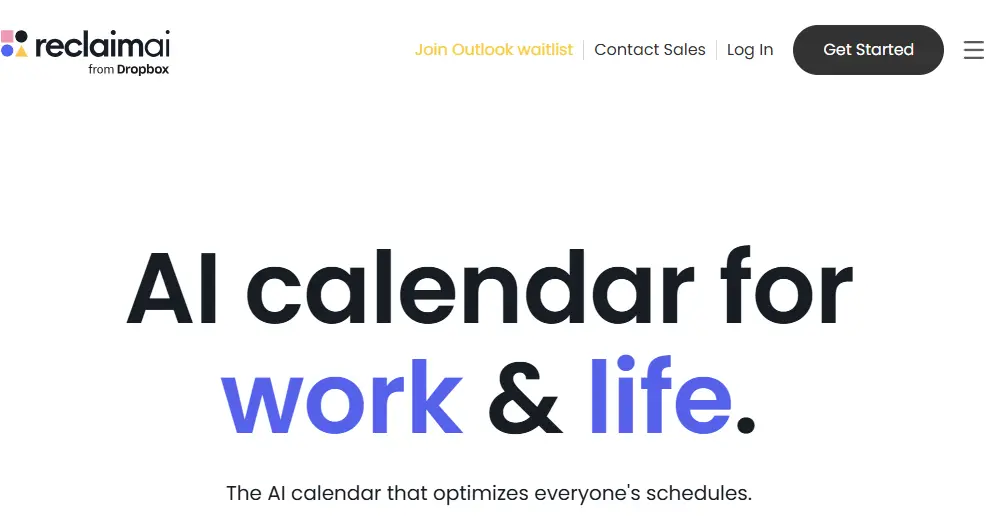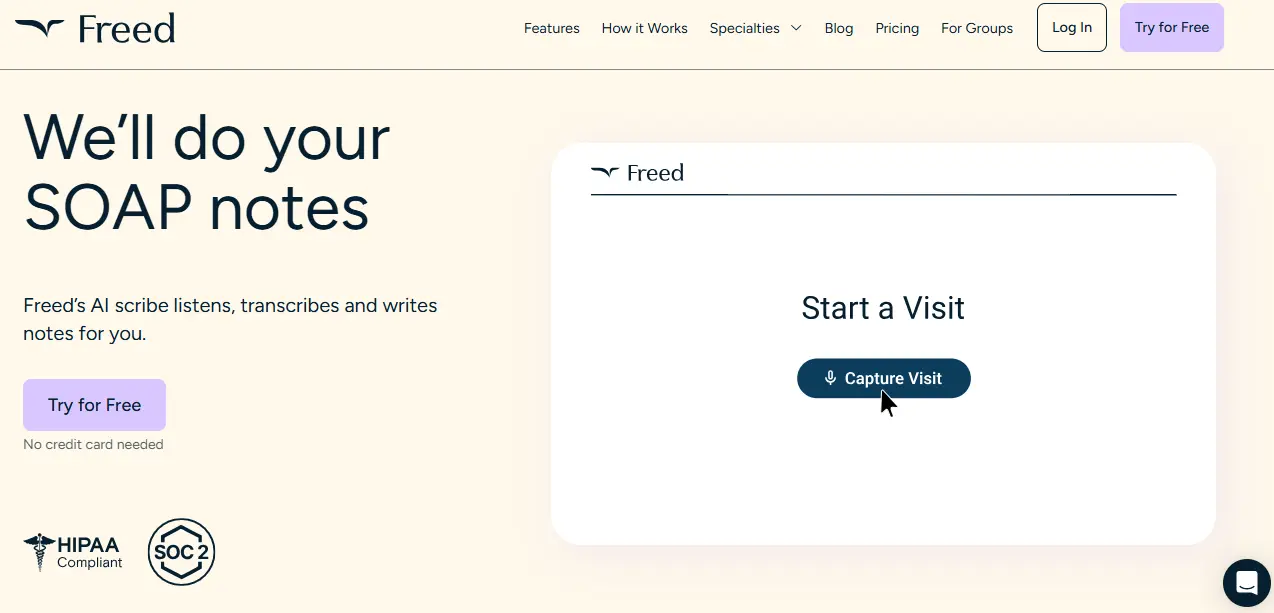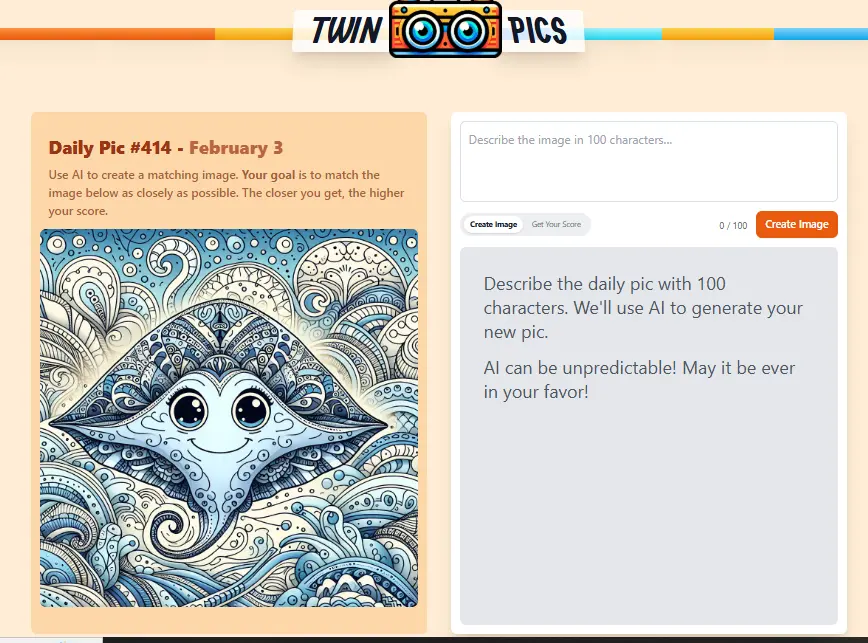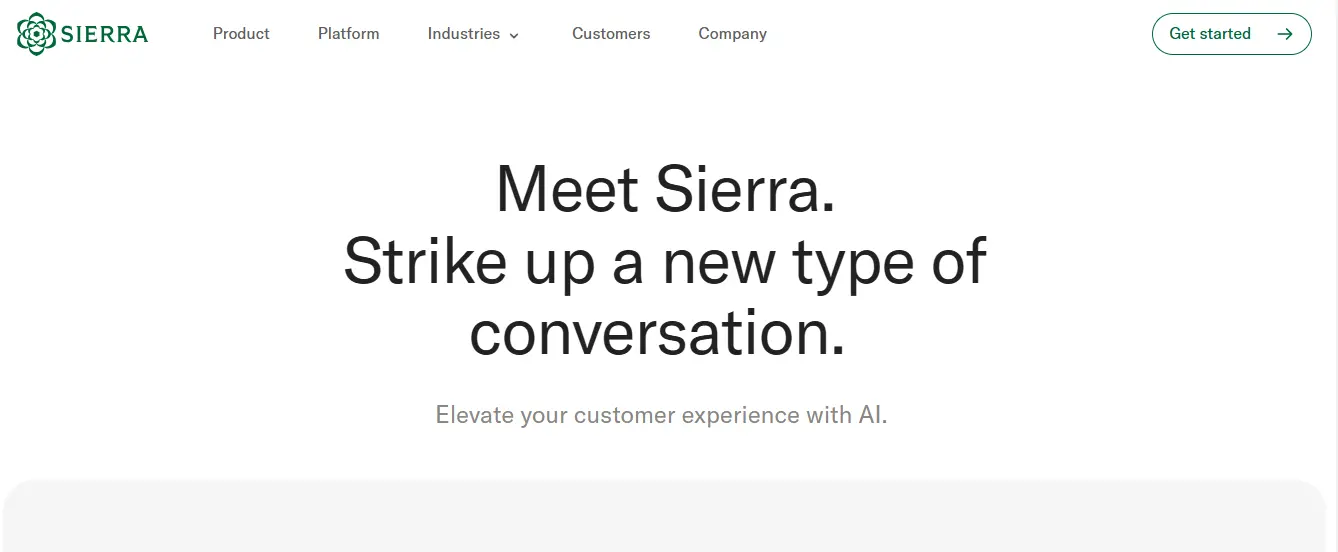If you are looking for an innovative tool designed to streamline the creation and execution of complex diffusion workflows, ComfyUI is the best because it has an open-source and node-based user interface for creating and controlling workflows. It is particularly catering to users who prefer a graphical approach over traditional coding.
It is a modular software tool with a user-friendly interface designed to execute advanced stable diffusion pipelines that support SD1.x, SD2.x, SDXL, and more specialized versions like Stable Video Diffusion and Stable Audio. It can also save and load workflows in no time.
Many users like this tool due to its broad support for loading checkpoints, safe-tensors models, and a range of upscale models, including ESRGAN, ESRGAN variants, SwinIR, Swin2SR, and many more. It can also allow you to generate and load full workflows from PNG files.
With ComfyUI, you’ll have everything you need to streamline your workflow, boost your productivity, and achieve unparalleled results. It also offers offline capabilities to operate without continuous downloads and provides options to save and load workflows and models seamlessly.
Stable Diffusion 3 is released as open source on Hugging Face. It currently only runs in Comfy UI and lacks support in other interfaces like Automatic111 Focus or web UIs for Stable Diffusion. This tool claims to outperform previous versions like SDXL and SD 1.5 in terms of performance.
It enables precise image customization and reliable reproducibility. Whether you’re a professional designer or an amateur artist, ComfyUI helps you achieve high-quality results. Its node-based approach provides flexibility and precision, making it easier to implement intricate details in your artwork.
This tool supports a range of functionalities including embeddings, inpainting, and model merging among others. ComfyUI enhances productivity through its asynchronous queue system, which optimizes workflow management, and smart memory management to provide efficient GPU utilization even with limited VRAM.
ComfyUI Core Features
Now we will shortlist ComfyUI Core Features.
- Graph-Based Interface: Visually create and manage stable diffusion workflows using nodes and flowcharts.
- Support for Multiple Models: Compatible with SD1.x, SD2.x, SDXL, Stable Video Diffusion, Stable Audio, and more.
- Asynchronous Queue Management: Efficiently handle and schedule multiple tasks with an advanced queue system.
- Advanced Memory Optimization: Operates high-demand models on GPUs with limited VRAM using smart memory management.
- Offline Capabilities: Enables workflow creation and execution without internet connectivity.
- Workflow and Model Management: Save, load, and manage custom workflows, models, and checkpoints seamlessly.
- Customizable Configurations: Define and adapt node settings for flexible and dynamic workflows.
- Simulation and Analysis Tools: Test and analyze workflows for improved performance and insights.
- Embeddings and Inpainting Support: Enhance diffusion workflows with specialized features for media applications.
- Installation Flexibility: Offers setup guides for Windows, Linux, and Apple Mac Silicon.
ComfyUI Pros And Cons
Pros:
- ComfyUI is a powerful and modular stable diffusion GUI with a graph/nodes interface.
- Compatible with SD1.x and SD2.x, including checkpoint and safe-tensors models.
- It supports loading checkpoints and safetensors models, and various upscaling models (SwinIR, Swin2SR, etc.).
- Digital artists and content creators can leverage ComfyUI to produce unique and intricate visuals.
- It can also save/load workflows as JSON files, and generate and load full workflows from PNG files.
- It allows users to design and execute advanced stable diffusion pipelines with a flowchart-based interface.
- Features an efficient queue system that allows for smooth handling and scheduling of multiple diffusion tasks.
- Utilizes smart memory management techniques to facilitate the operation of high-demand models on GPUs with limited VRAM.
- It is a comprehensive solution for both novice and experienced users looking to leverage stable diffusion technology in their projects.
- Provides options to save and load custom workflows, models, and checkpoints, streamlining project continuity and sharing.
- Utilizes smart memory management techniques to facilitate the operation of high-demand models on GPUs with limited VRAM.
Cons
- Its complex interface might be challenging for new users.
- Users may find the interface detailed but sometimes inconsistent.
- Lacks intuitive design, even basic tasks can feel complicated initially.
ComfyUI Pricing
ComfyUI is completely free and open-source. There is no pricing structure or subscription required to use it. Users can download, install, and modify the software without any cost. Since it is open-source, its development is community-driven, and contributions from developers around the world enhance its features.
How to Use ComfyUI?
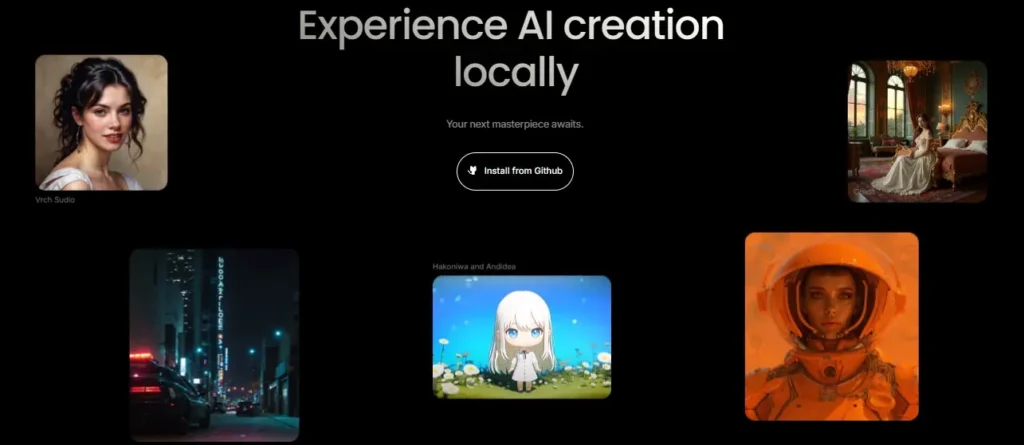
Step 1: Download and Install:
- Visit the ComfyUI GitHub page. Download the repository and follow installation instructions (requires Python).
Step 2: Launch the Interface:
- Run the provided script to open the node-based interface in your browser or desktop.
Step 3: Set Up Workflow:
- Drag and drop nodes to create workflows for tasks like AI art generation or automation. Next, Connect nodes to define input, model settings, and outputs.
Step 4: Customize Settings:
- Configure parameters such as prompts, resolution, and models for your project.
Step 5: Run and Output:
- Execute the workflow to generate results. You must Review the output and refine it as needed.
Step 6: Explore Community Add-ons:
- Use plugins and guides shared by the community to enhance functionality.
ComfyUI is ideal for those who enjoy building custom workflows and experimenting with AI tools!
ComfyUI Use Cases
- Workflow Design and Experimentation: Simplify the creation of complex stable diffusion workflows for faster prototyping.
- Teaching and Learning: Ideal for beginners and students to learn AI concepts through an intuitive interface.
- Process Visualization: Use visual graphs to represent workflows, aiding understanding and team collaboration.
- Media Applications: Leverage advanced model support for image, video, and audio diffusion projects.
- Project Management: Save and share workflows to ensure continuity and collaboration in team environments.
ComfyUI Alternatives
Final Summary of ComfyUI
ComfyUI is a node-based GUI designed to streamline Stable Diffusion workflows, enabling users to create intricate image generation pipelines with ease. This tool supports SD1.x and SD2.x models, including safe tensors and checkpoint formats, it offers advanced features like partial workflow re-execution, upscaling options (e.g., ESRGAN, SwinIR), and the ability to save workflows as JSON or PNG files. Ideal for digital artists, researchers, and AI enthusiasts, ComfyUI delivers flexibility, model compatibility, and efficient workflow management. While it has a learning curve and minor interface inconsistencies, its powerful features make it a valuable tool for creative and technical projects.

